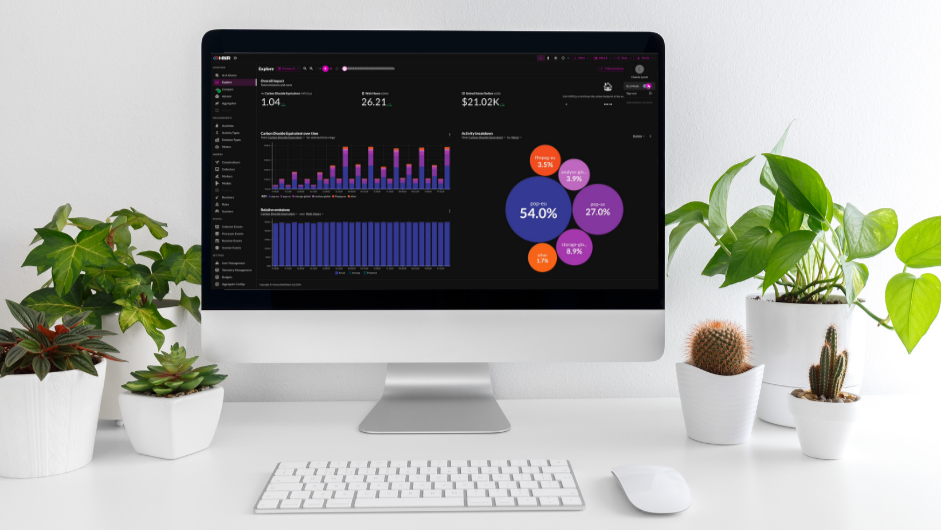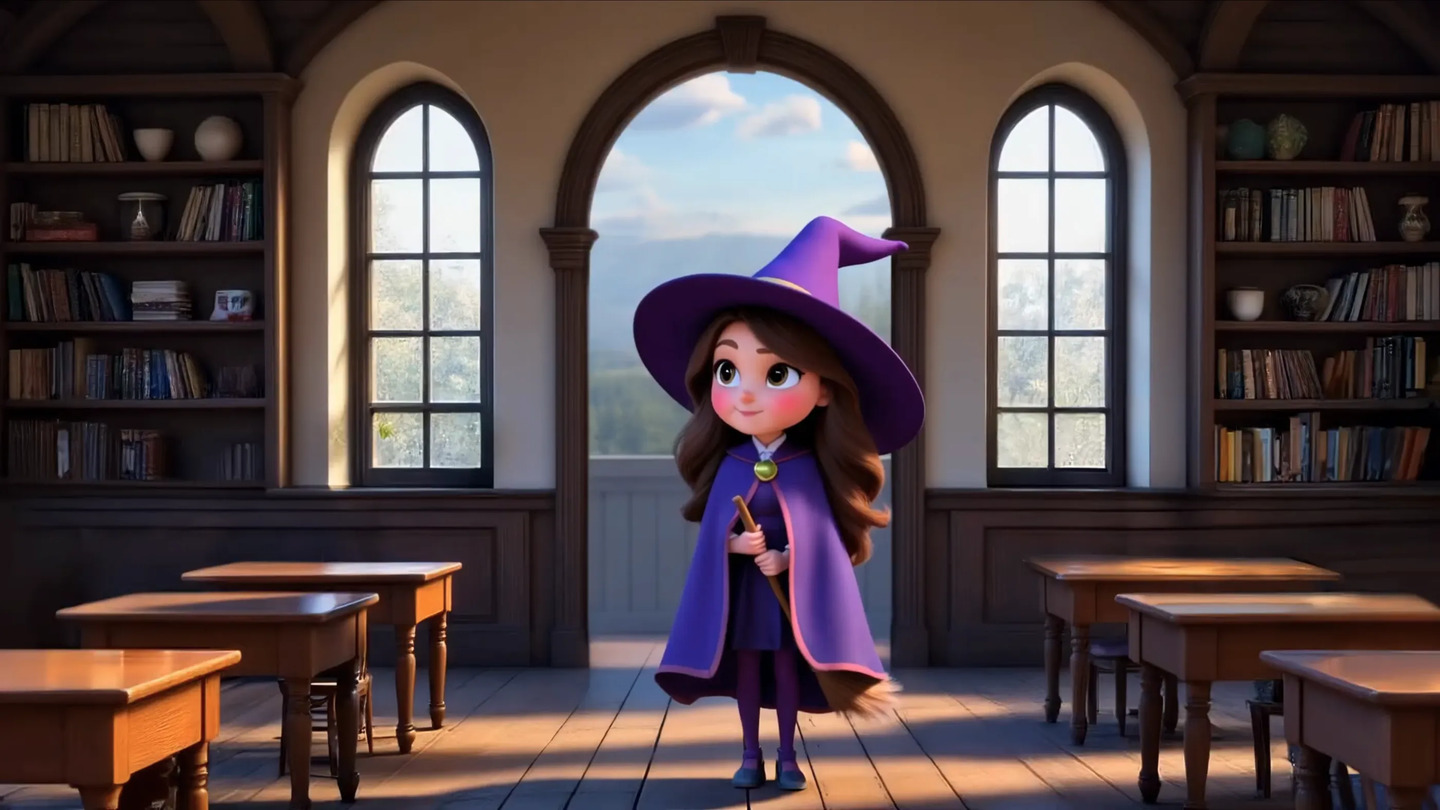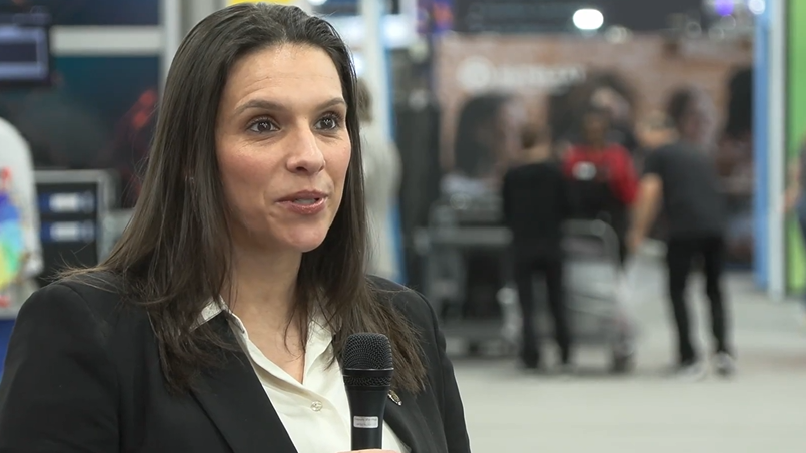Is GenAI even capable of producing a long-form masterpiece and at what point does something become an AI original that deserves copyright protection? IBC365 delves deeper into the key ethical debates surrounding GenAI and media production.
Artificial intelligence has become an influential force in the creative industries, raising complex questions about ethics and copyright protection. The US Copyright Office (USCO) recently decided that generative AI outputs cannot receive copyright protection, and following a long strike, the SAG-AFTRA actors’ union’s agreement with producers included language covering the use of AI to create digital replicas and synthetic performers.
Both of these milestones have generated significant controversy and may have raised more questions than they have answered. However, they have moved the conversation out of the tech realm into the world of law and ethics...
You are not signed in.
Only registered users can view this article.

Sustainable streaming: Delivering a greener vision for OTT
Increasingly powerful analysis platforms, infrastructure optimisation, improved resource utilisation and new methods of compression are among the developments helping the streaming sector to reduce its environmental impact, writes David Davies.
Creating a new sense of place for Welsh media innovation
The emergent virtual production scene in Wales has been boosted by the arrival of two new world-class facilities in recent months, both secured with the collaborative backing of Media Cymru. James McKeown spoke to Media Cymru’s Deputy Director, Professor Sara Pepper OBE, about the consortium’s mission to put Wales on the global media innovation map.

Flawless AI: “You can't put new lines in people's mouths without consent”
AI tools like Flawless visual dubbing are making a strong case for standard use in Hollywood.

Discoverability, engagement and reach: IBC365 roundtable explores the role of AI personalisation in broadcast
Last week saw the first IBC365 roundtable hosted at NAB. Industry leaders from broadcasters including beIN Media Group, Al Jazeera, Globo, TVN Warner Bros Discovery and Alaraby were joined by representatives from Vertex AI Search (Google Cloud), Host Broadcast Services, QTV, Xansr Media, V-Nova, The Media League and Norigin Media to explore how AI is impacting media personalisation.
NAB show review: Tariffs, technology and legacy business in the spotlight
Artist led, AI driven, fan-first media show the way forward at a NAB show dominated by tariff-suffering hardware vendors and advertiser weakened broadcast.



